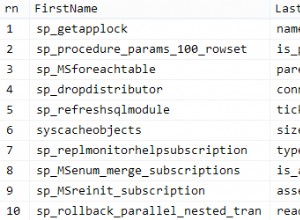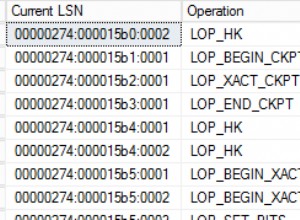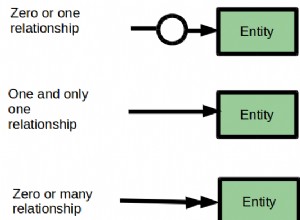Se si assume una distribuzione degli eventi con curva a campana, solo il 68% dei valori sarà entro 1 deviazione standard dalla media (il 95% è coperto da 2 deviazioni standard).
Caricherei una variabile con la deviazione standard del tuo intervallo (derivata utilizzando stdev/stdevp sql) e quindi selezionare i valori che rientrano nel numero appropriato di deviazioni standard.
declare @stdtest table (colname varchar(20), colvalue int)
insert into @stdtest (colname, colvalue) values ('a', 2)
insert into @stdtest (colname, colvalue) values ('b', 4)
insert into @stdtest (colname, colvalue) values ('c', 4)
insert into @stdtest (colname, colvalue) values ('d', 4)
insert into @stdtest (colname, colvalue) values ('e', 5)
insert into @stdtest (colname, colvalue) values ('f', 5)
insert into @stdtest (colname, colvalue) values ('g', 7)
insert into @stdtest (colname, colvalue) values ('h', 9)
declare @std decimal
declare @mean decimal
declare @lower decimal
declare @higher decimal
declare @noofstds int
select @std = STDEV(colvalue), @mean = AVG(colvalue) from @stdtest
--68%
set @noofstds = 1
select @lower = @mean - (@noofstds * @std)
select @higher = @mean + (@noofstds * @std)
select @lower, @higher, * from @stdtest where colvalue between @lower and @higher
--returns rows with a colvalue between 3 and 7 inclusive
--95%
set @noofstds = 2
select @lower = @mean - (@noofstds * @std)
select @higher = @mean + (@noofstds * @std)
select @lower, @higher, * from @stdtest where colvalue between @lower and @higher
--returns rows with a colvalue between 1 and 9 inclusive




